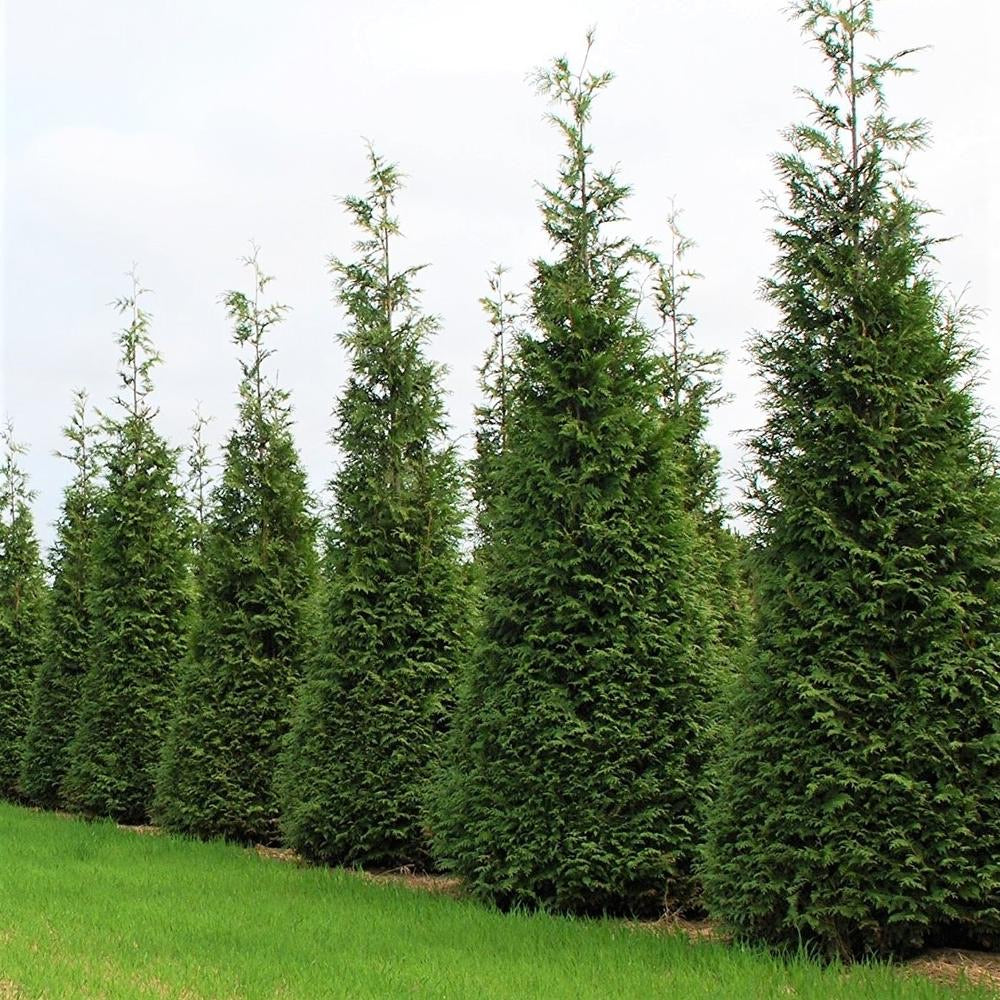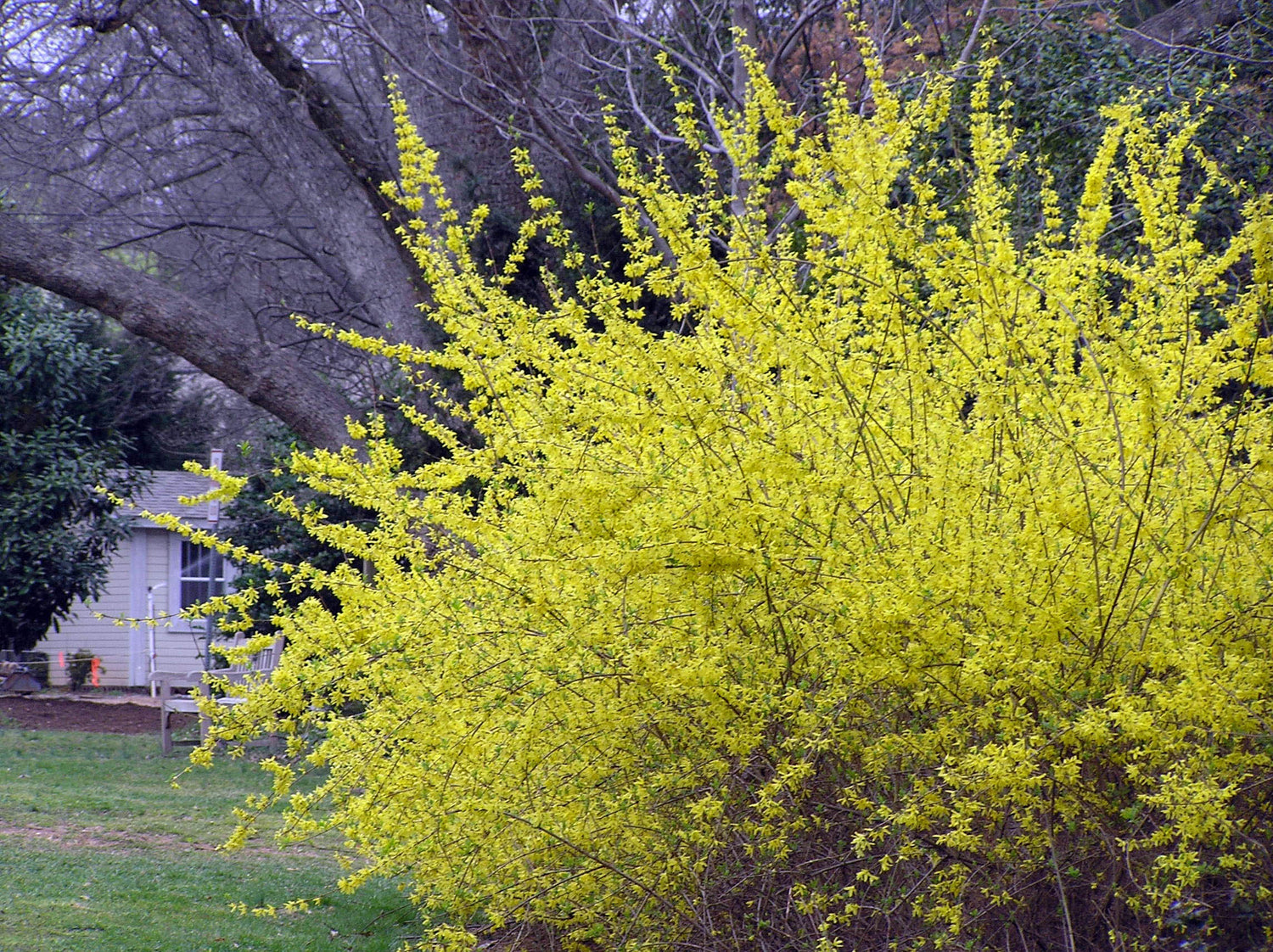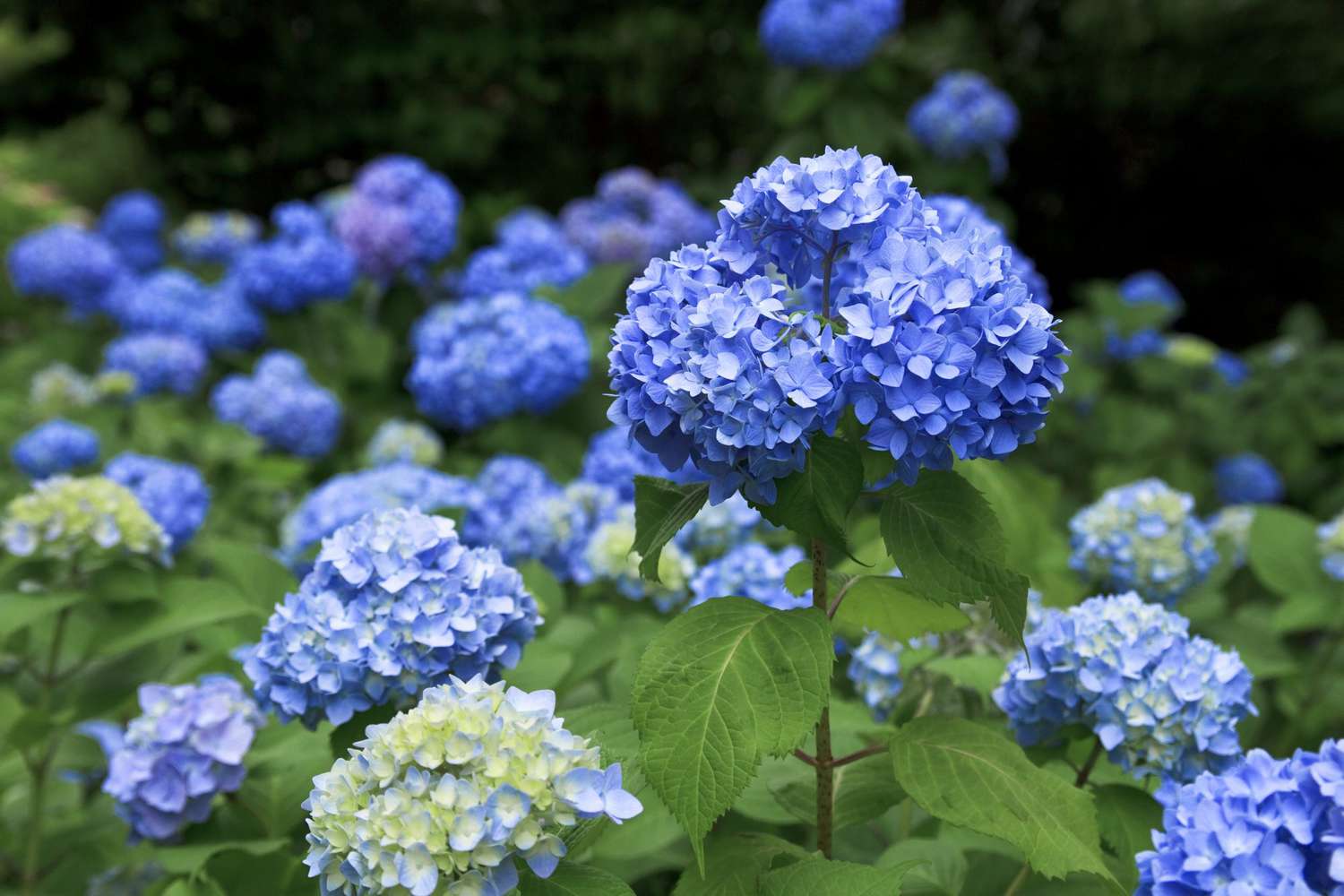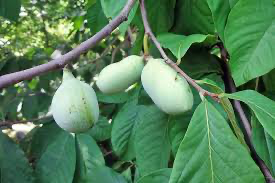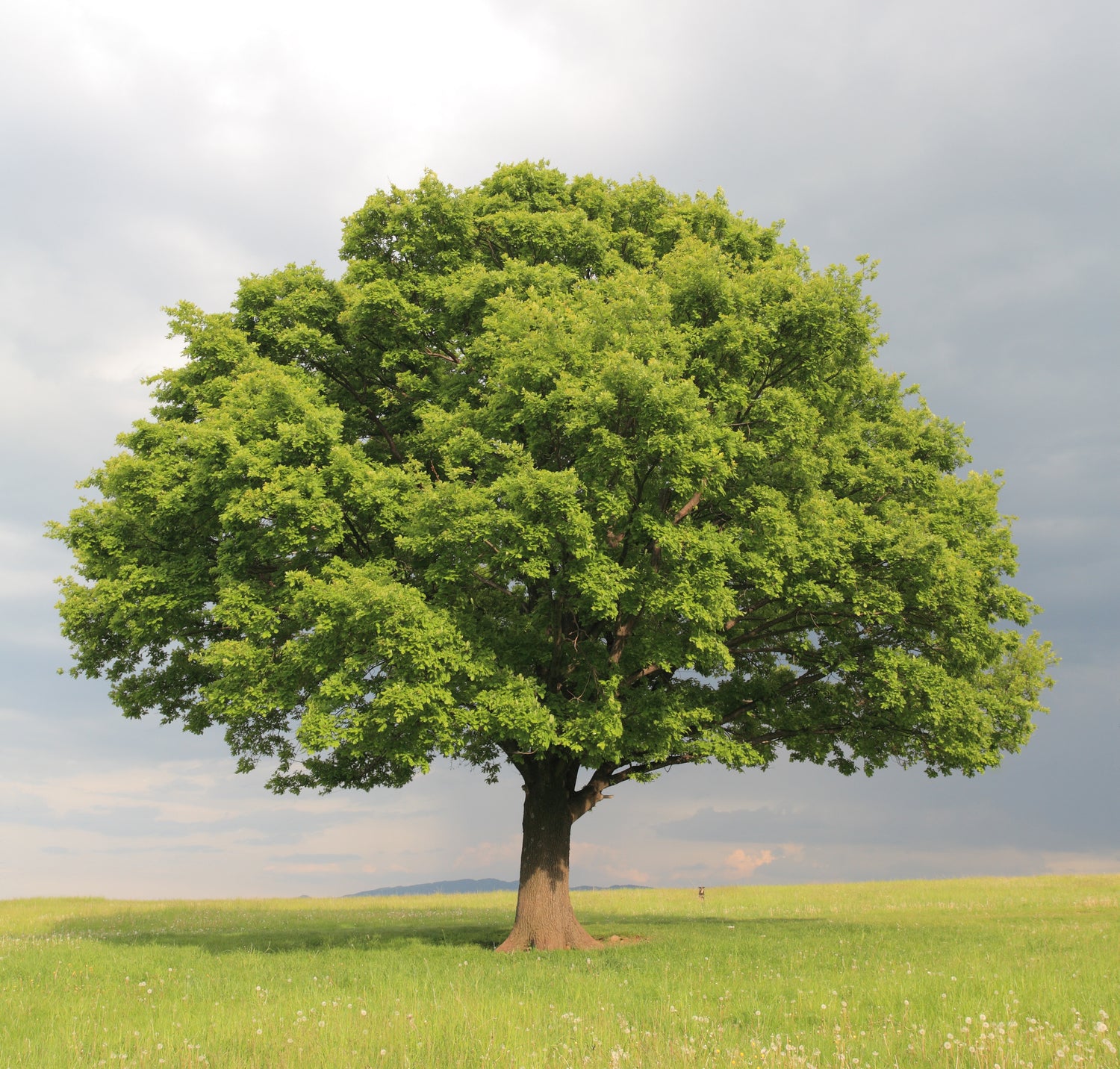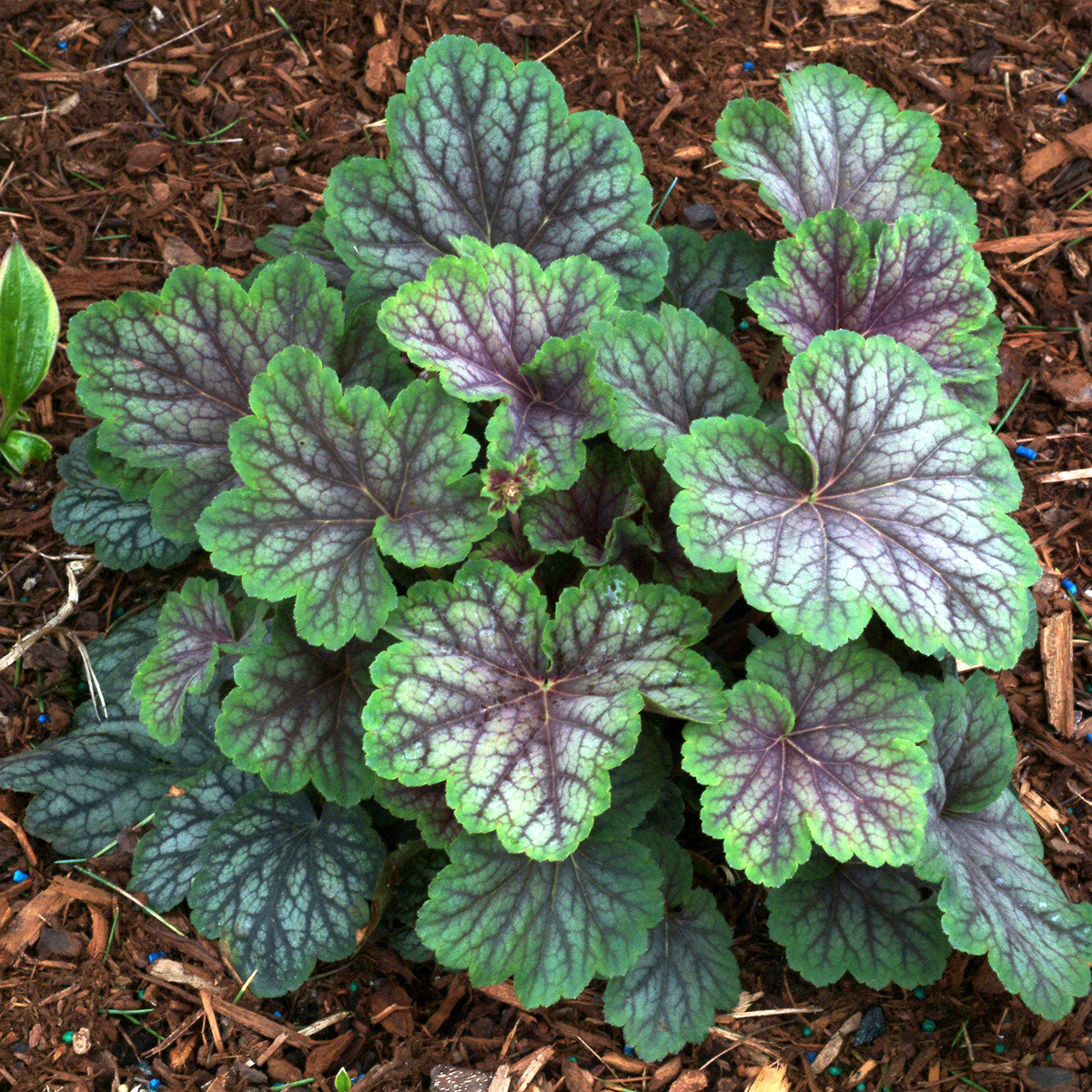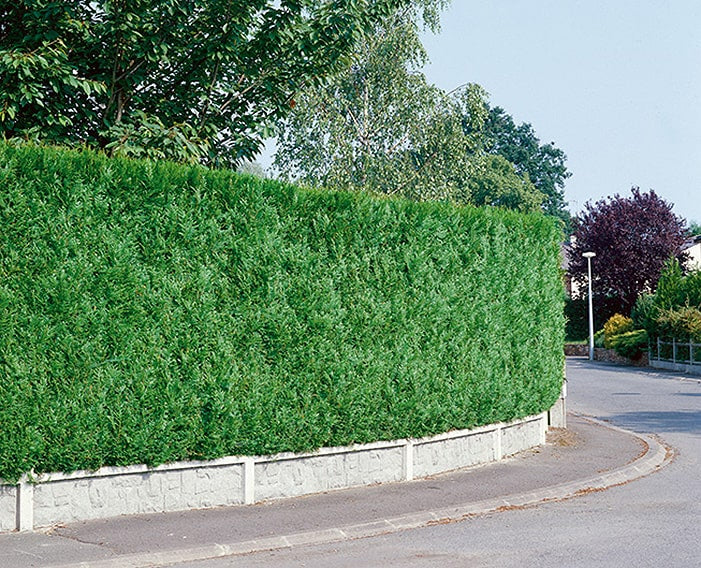
Choosing the Right Spot to Plant Your Pawpaw Tree
If there’s one thing we’ve learned growing pawpaw trees ourselves, it’s that location makes a big difference—especially in those early years. While pawpaw trees are native and low-maintenance once established, giving them the right start will help you get healthy growth and a better chance at fruit down the road.
🌳 What Pawpaw Trees Like in a Planting Spot:
- Partial shade when young — In the wild, pawpaw seedlings start in forest understory. If planting in full sun, use a little shade cloth or plant where a larger tree filters the light.
- Full sun once established — Once your pawpaw tree gets a couple of years under its belt, it’ll actually fruit better in full sun.
- Sheltered from strong wind — These trees don’t love heavy wind exposure, especially when they’re still getting their roots settled.
We’ve found they do best along the edge of a wooded area, near a fenceline, or anywhere that’s protected but still gets decent light. If you’ve got two planting spots close together, even better—because that brings us to pollination (and we’ll cover that in just a bit).
Looking for a grafted option that produces extra tasty fruit? Our Pennsylvania Gold Pawpaw Tree is a great pick if you want faster fruit production and a known flavor.
Soil and Drainage Needs for Growing Pawpaw Trees
Pawpaw trees are pretty forgiving, but they do have a few preferences when it comes to soil. Getting this part right from the beginning is one of the biggest favors you can do for your tree.
Ideal Soil Conditions for Pawpaw Trees:
- Moist but well-draining soil is key
- They like rich, loamy soil, similar to what you’d find in the woods
- pH between 5.5 and 7.0 is ideal
- Avoid heavy clay or spots where water tends to pool
We always tell folks—don’t overthink it, just avoid planting in a soggy mess. You can improve drainage with compost or raised planting areas if needed. And if you’re pairing your pawpaw with other edibles or smaller native trees, check out our collection of trees under 25ft for great companions.

When and How to Plant Pawpaw Trees
Timing and technique go a long way when planting pawpaw trees. While these trees are tough once they take off, they have sensitive roots, especially early on. So the way you plant—and when—really does matter.
🗓️ Best Time to Plant Pawpaw Trees:
- Early spring is ideal, just as the soil warms up
- Fall planting can work too in warmer zones, but give them enough time to root before winter
- Avoid planting during extreme heat or deep into summer
🛠️ How to Plant a Pawpaw Tree:
- Dig a hole twice as wide and just as deep as the root ball
- Gently remove the tree from its pot and keep the soil intact around the roots
- Set the tree so the top of the root ball is level with the ground
- Backfill with native soil, water deeply, and add a little mulch—just not touching the trunk
And here’s a pro tip from our own experience: Don’t disturb the roots too much. They don’t like being messed with. If you’re planting a grafted tree like our Pennsylvania Gold Pawpaw, handle it gently—it’s already ahead of the game when it comes to fruit production.
Watering and Fertilizing Pawpaw Trees
Water and nutrients are key in the first couple of years, especially while your pawpaw tree is settling into its new home. These trees like steady moisture, but they don’t want to sit in soggy soil either.
💧 Watering Tips:
- Water deeply once or twice a week during the first year
- During hot, dry weather, don’t let the soil completely dry out
- Mulching helps retain moisture—but keep mulch 2–3 inches away from the trunk
🌿 Fertilizer Basics:
- In the first year, you likely won’t need much at all
- By year two, a light dose of balanced fertilizer in spring can help
- Avoid over-fertilizing, especially with high-nitrogen mixes (you’ll get lots of leaves, not fruit)
We like to keep it simple: rich soil + deep watering = happy tree. Once established, pawpaw trees are fairly drought-tolerant and won’t need much pampering. If you're building out a native edible garden, they also go great with other hardy food trees like honeyberries or pears.

Do You Need Two Pawpaw Trees to Get Fruit?
One of the most common questions we get from new growers: “Can I plant just one pawpaw tree and still get fruit?” The answer? Not really. Pawpaw trees are not self-pollinating, so if you only plant one, it’ll likely grow just fine—but it probably won’t produce any fruit.
Why Two Trees Are Better:
- Pawpaw trees need cross-pollination from a genetically different pawpaw to produce fruit
- Trees should be planted 8 to 20 feet apart for best pollination
- Pawpaws are mostly pollinated by flies and beetles—not bees—so pollination can be a little slow in small areas
- You can hand-pollinate with a soft brush if you only have a small space
If you’ve got room for two, your chances of fruit go way up. And a great combo is pairing our classic seed-grown pawpaw tree for sale with a grafted Pennsylvania Gold pawpaw tree for faster fruit and better pollination.
How Long Do Pawpaw Trees Take to Grow and Produce Fruit?
We won’t sugarcoat it—pawpaw trees are not instant-gratification trees. But once they start fruiting, it’s something special. The wait is worth it.
Growth Timeline:
- Seed-grown pawpaw trees usually take 5 to 8 years to produce their first fruit
- Grafted trees like our Pennsylvania Gold often fruit in as little as 3 to 4 years
- Trees grow about 12 to 25 feet tall over time
- They can live and produce fruit for decades with proper care
Want fruit faster? Choose a grafted variety from the start. Our Pennsylvania Gold pawpaw is known for producing quicker, with golden-yellow fruit and a more reliable yield.

How to Protect Young Pawpaw Trees
Young pawpaw trees are a little fussy at first—especially when it comes to light and temperature. Once they’re established, they’re tough as nails, but in those first few years, a little extra protection can go a long way.
Tips for Giving Your Tree a Strong Start:
- Provide partial shade: In nature, pawpaws start as understory trees. Use a shade cloth or plant them where they’ll get filtered light.
- Avoid full-day blazing sun: Especially in the first year or two. It can stress the leaves and slow growth.
- Use mulch: A light layer of mulch (not touching the trunk) helps retain moisture and regulate soil temps.
- Watch the frost: In early spring or late fall, young trees can be sensitive. If a frost is coming, a frost cloth or even a light bedsheet overnight can help.
Once your tree is a couple years old, it can handle full sun and more extreme temps. In fact, more sun usually means better fruit down the road. You can find more tips like these in our full guide on harvesting pawpaw fruit and storing it.
Pawpaw Tree Companion Plants and Landscaping Tips
Planting a pawpaw tree doesn’t have to be a solo effort. In fact, it blends beautifully with other native and edible plants. Whether you’re planting in your backyard or starting a small food forest, pawpaws play nice with plenty of other species.
Great Companion Plants:
- Liriope: Works well as a groundcover and handles similar growing conditions. Check out our liriope here.
- Hostas and other shade-loving perennials
- Elderberries and serviceberries for layered, native food production
- Pear or honeyberry bushes for pollinator attraction and a variety of edible harvests
If you’re designing a native or edible garden space, mix in a pawpaw or two with pear trees, honeyberry plants, and other small trees under 25ft for a low-maintenance but beautiful landscape.
Common Pawpaw Tree Problems and How to Avoid Them
One of the best things about growing a pawpaw tree is how few problems they tend to have. Seriously—they’re surprisingly pest-resistant and don’t usually deal with the same diseases that plague other fruit trees. Still, there are a few things to watch for, especially when your tree is young.
What to Keep an Eye On:
- Root rot – Caused by poor drainage or overly wet soil
- Transplant shock – Be gentle with roots when planting and water consistently afterward
- Lack of pollination – If your tree flowers but never fruits, you may need a second tree or to hand-pollinate
- Leaf scorch – This can happen if a young tree is hit with too much full sun too early
Most of these can be avoided with proper planting, watering, and spacing. And since they’re native, pawpaws are often one of the lowest-maintenance fruit trees once they’ve settled in.

Final Tips for a Healthy, Fruitful Pawpaw Tree
To wrap things up, we’ll say this—pawpaw trees are a long-term investment, but one that pays off with incredible rewards. The fruit is unlike anything else you can grow in your yard, and once your trees are established, they’ll provide food and beauty year after year.
Key Reminders:
- Plant at least two genetically different trees
- Choose a spot with partial shade early on, then let them grow into the sun
- Water deeply and mulch lightly
- Be patient—fruit takes time, but it’s worth it
- For quicker harvests, go with a grafted Pennsylvania Gold pawpaw
You can browse both our standard pawpaw trees and the grafted variety to find what works best for your space. And if you ever have questions about growing or caring for your tree, check out our Frequently Asked Questions or contact us directly—we’re happy to help from our small Missouri farm.







